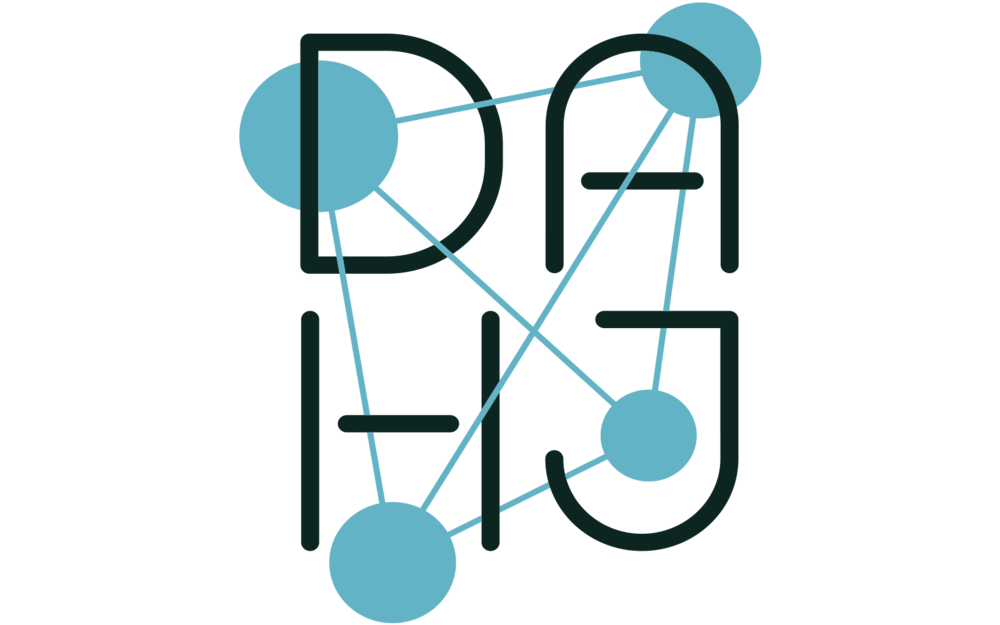Information for Authors
In order to submit manuscripts, authors need to register here. Note: We do not accept manuscripts that have already been published, or are under review by another journal/publisher. After registering, you can log in here.
The manuscript must be a Microsoft Word document, 12 points Times New Roman. Please use this template. It must include:
intended Call for Papers or category (see the contribute page for open calls and the category index for existing categories)
title of article
abstract (max. 200 words)
5 keywords (select at least 3 from the keyword index; you may add 2 valid keywords which are not yet listed)
main text (max. 6000 words; the text should be divided into subsections with short headings. No second-level headings and no emphasizing in italics, bold, or underline)
embedded images + image captions (including reference to image rights, see also point 4 below)
endnotes (see also points 6-8 below)
bibliography
optional: other media e.g. videos, supplementary material (see also point 5 below)
The metadata document must be in Microsoft Word, 12 points Times New Roman. Please use this template. It must include:
title of article
full name of author(s)
correspondence email address of author(s)
institutional affiliation(s)
short CV of author(s)
Images are highly appreciated. Images should be integrated into the main body of a submitted article for the peer-review process. Please also upload separate, high-resolution image files to the publication system. Authors are responsible for obtaining all images, rights, and permissions.
Supplementary materials, such as videos and data sets, may be submitted in standard file formats as online resources (hosted at HeiDATA Dataverse Network).
For citation, please use the Chicago Manual of Style. Endnotes should be kept brief. No French quotation marks.
If quoting from a previous issue of the journal, please use the DOI found at "How to cite item" at the right column of each article page.
Endnote signs should be placed without space behind the punctuation. Possible acknowledgments are to be put in the first endnote.
Please use American English spelling throughout the text.
Articles are subject to a peer-review process.
Please also note: Images from other sources should be fully acknowledged in the caption. Written permission must be sought for both print and electronic reproduction by the author. Color images may be converted to black and white for print. Authors are encouraged to submit high-resolution images for consideration as a cover. Such images are selected for their scientific interest and aesthetic appeal. Please include a clear and concise legend explaining the image. We accept no liability for unsolicited manuscripts and pictures. Authors agree to the terms and conditions and assure that the submission is free of third parties rights. The author grants a royalty-free and irrevocable right to freely publish documents submitted.
